
eCommerce Conversion Rate Optimization Case Study
We’ve all been there:
On the hamster wheel.
You spend many long days and sleepless nights fighting tooth and nail to get more people to your site.
- You work on your SEO endlessly,
- You spend a big chunk of your revenue on ads and
- You hustle on social media as Gary V told you to.
It seems the only way to make more money is to keep on increasing your site’s traffic.
Same hustle, day in and day out.
But that isn’t the only way:
You can work on your ecommerce conversion rates and it will open the floodgates to more revenue. Let us show you how to increase your ecommerce revenue!
With the same traffic, you can make 30 to 100% or more compared to what you’re making now, using a little ecommerce conversion rate optimization (CRO).
With even just a single winning test, you’ll immediately see a boost to your income.
Sometimes possible with one simple tweak to your page. And all you need to do is apply some eCommerce store CRO techniques.
That’s not all.
This is a system that is scalable, repeatable, and most importantly, data-driven.
It’s one-time work that will continue to grow your revenue into the future, at no added cost or effort to you.
What could be better than that?
Take, for example, one of our clients, JustThrive.
JustThrive is a health company based in Illinois, USA.
They sell supplements that are non-GMO as well as gluten, dairy, and nut-free.
Most of their traffic comes from search and costly paid ads.
When they approached us, they wanted to increase ecommerce conversion rates on their auto-ship subscriptions and get a better return on their ad spend.
In less than 3 months, we not only achieved these targets for them but increased their revenue by over 100%.
Imagine what that would look like for your business.
You don’t have to get any more traffic. Yet you significantly increase your revenue.
Today, I’ll show you exactly what we did to increase JustThrive’s e commerce conversions.
I’ll also dish out some marketing truths that play a big part in how I approach conversion rate optimization experiments.
I hope this helps you go beyond quick fixes like changing button colors, to understanding why people will buy from you and not your competitors.
Because this knowledge helps you create an eCommerce conversion optimization strategy that works no matter what niche or site you work on.
But before we talk results, let’s look into the birth of every eCommerce conversion rate optimization test
“Conversion rate optimization is all about data, and that is the only information you should rely on. No matter how many years of experience your web developer or UI designer might have, they can’t always know what’s going to work with your audience.” – Hubspot–
I couldn’t agree more.
And I also think that disregarding this in any optimization campaign is why many eCommerce businesses websites report low conversion rates.
Here’s what I’m getting at:
You can do apply all the conversion rate optimization tactics and best practices on your site.
But it still may not increase your ecommerce conversion.
You see. What works for one site or target audience is not guaranteed to work with another.
You have to do a data-driven test to see if your customers respond to any conversion rate optimization changes.
That’s right. It’s inevitable. You can’t wing this. If you want a strong conversion rate optimization foundation, then you’ve got to test and deal with statistical data.
But here’s something really interesting:
It’s true that data is the foundation of a good eCommerce conversion rate optimization strategy. But equally important is an analytical mind.
An analytical mind that can look at both site analytics and design. Then arrive at an informed decision as to what elements to test to increase conversions.
How do you develop this analytical mind?
Like all things, it comes with practice. But if you’re a beginner to conversion rate optimization, you can start by analyzing pages on your eCommerce site and answering the questions below:
- What’s the one goal of the page?
- Does the page answer the visitor’s intent and clearly show the path that leads to a conversion?
- Do all the important elements from the image to the copy, to the layout, seamlessly work together to support the one goal?
- Does the page build trust and lessen anxiety or confusion?
Be brutal and honest when answering these questions.
I know your site is your baby. But this is how you find the flaws that may be limiting ecommerce conversions.
Sometimes you’ve seen your site so many times you can no longer view it objectively. In these situations, it can be very valuable to have an eCommerce CRO agency audit your site.
At Convertica, we follow the same objective and data-driven process every time we do a site audit.
Which was what we did when we first started working on JustThrive. Then after a thorough analysis of the page, we concluded that there were two big things we needed to address moving forward:
1) The customers
This niche has buyers with high motivations to engage. They have problems they want to get rid of yesterday.
But many of them may have been burnt in the past by companies who underdeliver. Plus news of vitamin and supplement scams online don’t help.
So they’re a bit wary. This meant that they probably land on the site holding their trust tightly in their fists.
2) On Selling Multiple Variations of One Product
JustThrive’s product pages have a few product variations. This creates friction.
When a customer has to choose at the moment of purchase, it can lead to decision paralysis. It stops them from taking any action.
The good thing was that JustThrive wanted more auto-ship subscriptions. So the goal was to steer the visitor to choose that over the other two options on the page. This made our job easier.
With these things in consideration, the Convertica team got down to work.
We went over their Google analytics with a fine tooth comb.
We got a heatmap going to see where the users were clicking, or trying to click.
We referred to our long list of proven tests and hypotheses relevant to this niche that we’ve run before; and
We put together the first hypothesis.
Yes, a hypothesis.
We may have done thousands of tests, and we may sometimes think that we know exactly what to do to improve your ecommerce website conversion rate — but all that means nothing until the analytics show us the real data.
Just because something worked on one site, doesn’t mean it’s going to work on another – even in the same niche. There are too many things that could affect the results of your experiment.
Sure, the more expertise you have, the more often your hypotheses will be big winners from the get-go.
But that doesn’t mean ecommerce conversion rate experts do not go through the process of testing their hypotheses.
Any conversion rate optimization service that offers to implement changes on your site without explicitly testing and showing you the data, is simply cutting corners.
So, as I was saying,
Before testing, we start with a carefully formed hypothesis. And we wait for what the data tells us. We try, hard as it is, not to let our ego get in the way.
After our initial deliberations, our experienced development team got to work and built a new store design ready for a split-test.
These are the things we changed:
- We minimized visual clutter by changing the product images and putting more white space around them.
- We made sure that elements near the Add to Cart CTA button had trust signals. This meant instead of social media icons, we added icons for a 30-day guarantee, secure payment options, and a shipping icon.
- Because we wanted to push the auto-ship subscription offer, we made this more prominent in the layout. We added an eye-catching button that says “Best Value” and emphasized the free shipping offer.
Do you want a 20-100% conversion rate increase?
Here is what the original layout looked like.
Desktop version
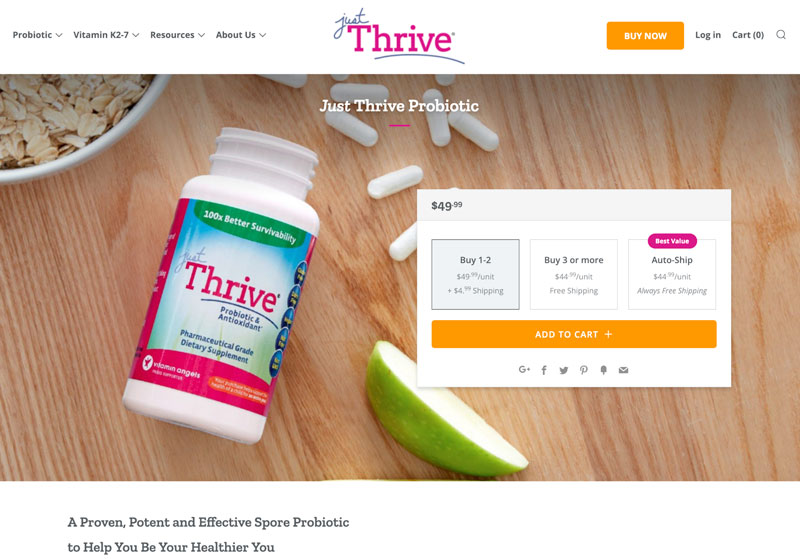
Mobile version

Here is what our first winning variation looked like
Desktop version
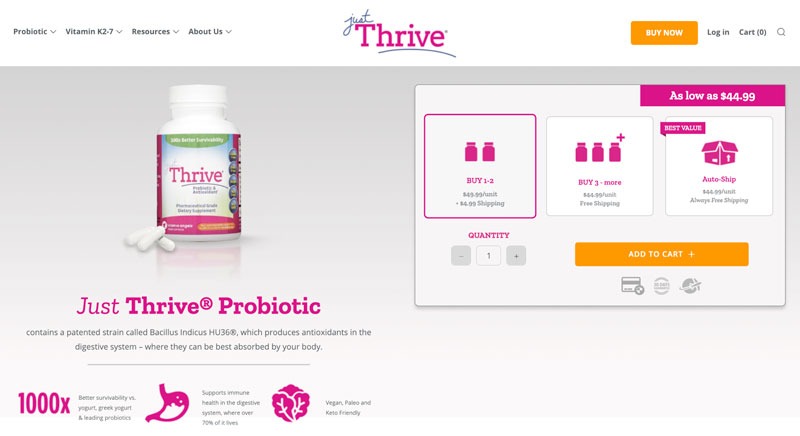
Mobile version
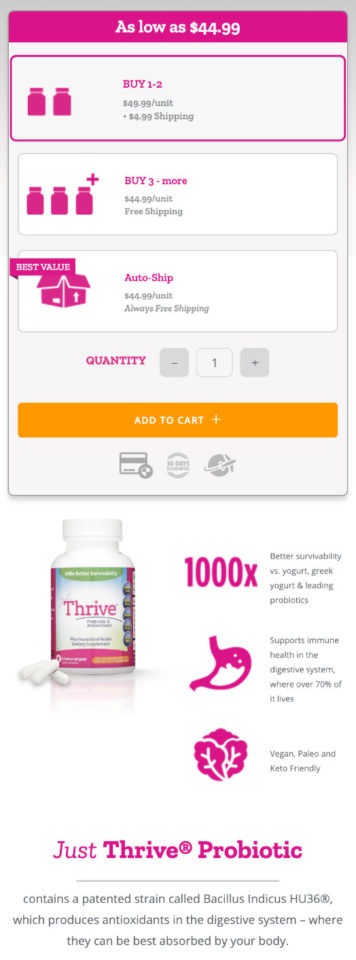
We deployed this campaign on the 7th of December. After a little over a month, on the 15th of January, our assumptions proved to be correct.
Here are the results of the first test with 98% significance.

Our first winning variation increased conversion rates by 25.4% over the control.
Autoship subscriptions increased by 41.5 %.
……and the revenue went up by 30.4%.
We were quite pleased with the increase in auto-ship subscriptions, because that was, after all, our main goal.
Now here’s the thing…
That’s only the very first test. One test. Over a 6-month campaign, we can complete up to 12 tests with significant wins almost every time.
We were just getting warmed up.
In eCommerce conversion rate optimization, you should never stop after just one test.
You glean some insights from testing one element and then you try and push that further with another test.
And push we did.
We went back to the drawing board and formed a new hypothesis. With more specific data learned from the first test, it was time to take it to the next stage.
Here’s the second variation.
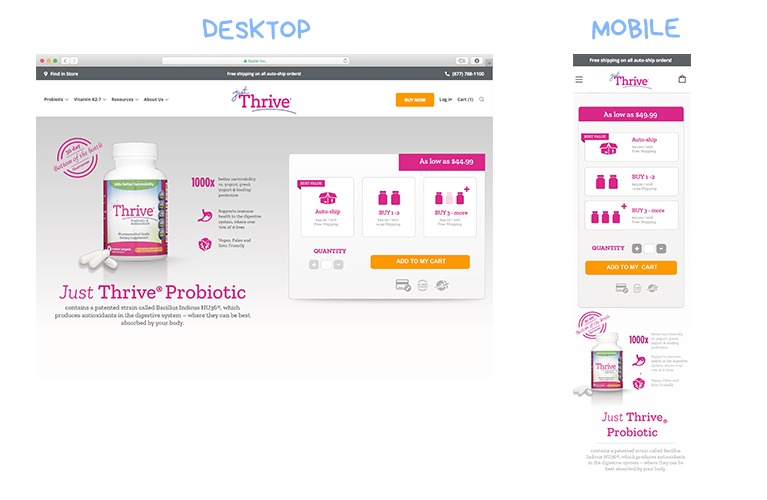
You may have noticed that we changed a few different elements here. The main thing to take note of was that we set the autoship product variation to default.
Most of the time, our rule is to change as few elements as possible.
However, we wanted quick results here so we opted to simultaneously test the optimizations based on what worked in the past from our thousands of tests. If this didn’t test well, we would have scaled back on the changes then tested again.
We released this new variation on the 15th of February against our first improved variation.
On the 24th of March, we had the results.
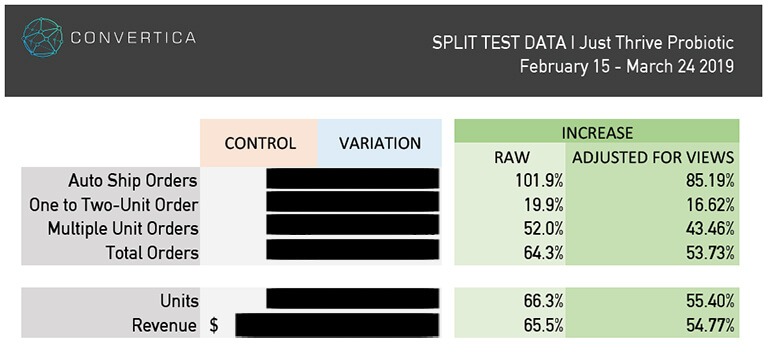
That’s an 85.19% increase in auto-ship subscriptions.
53.73% increase in the total number of orders.
And a 54.77% increase in revenue. Compared to the already improved second version.
How about that, huh?
This 54.77% increase was against our first test variant that already produced a 30.4% increase, meaning the cumulative revenue increase for these two split tests is 101.82%! (1.5477 x 1.304).
Not to mention the bigger win here being the cumulative increase of 162% in recurring revenue.
By now you’re probably wondering…
“That’s all great, Kurt. But what do I have to do to increase my online store’s conversion rates?”
Well, keep reading.
I’m about to share some lessons I’ve learned running thousands of conversion tests so you can optimize your online store as we did with JustThrive.
eCommerce Conversion Optimization Mindset
First, a warning.
This isn’t about the best words for your call to action button or the perfect image to use. I’ve already got a post about that here.
Instead, this is about your mindset and the mental shift that needs to take place if you want to become a eCommerce conversion rate master.
We good?
You see, conversion rate optimization is not about changing single elements on the page and doing psychological hocus-pocus to lure visitors to buy your goods. It’s a scientific process.
At the very heart of it is understanding what influences your users to buy from you.
And to understand your customers, there are some realities to reconcile yourself to.
1. Your product page is not just a product page
Your product page is not just a showcase for your amazing gadget.
It’s the place where your customer’s dreams come true. So don’t ask questions like:
- How can we make this page look cool?
- How can we win the Webby Awards with this design?
Instead, when you build a product or landing page, ask these questions:
- When my potential customers land on this page, do they know they’re at the right place within the first 2 seconds?
- Are all the product images crisp and clear so that they know exactly what this page is about just by scanning it?
- Is the product description specific and complete, so that shoppers have all the information they need to make the decision right there and then?
- Is the content easy to understand? Does it answer every objection and question buyers may have?
- Does it have all the elements needed to lessen buyers’ fear of online shopping, for example,
- If you offer free shipping, is it clearly written on the page?
- Do you make it clear that your site uses a secure payment system and that their credit card details are secure?
- Is there a link for customer support such as live chat or email?
Always ask these questions when you build your product page or landing page, and you’ll have done a lot more than many eCommerce business websites.
2. You’re guilty until proven innocent
People hate to let go of their hard-earned money.
They hate marketers even more.
Add to this the many stories of fraud, lies and scams that they hear about online. And you’ve got potential buyers who start a relationship with you with a very low level of trust.
And if you think that’s bad. It doesn’t stop there.
Online shoppers are bombarded with options.
Online shoppers fickle and know they can go to another store with the click of the back button or a quick google search.
When they look at your site, they have 3 other tabs open – all of them your competitors.
Guess what?
It’s the store that breaks that barrier and radiates trustworthiness that will get that person’s business.
This means that your page from the copy, to the tone, to the flow, to the design should overcome this initial prejudice if you want a visitor to take the desired action.
As Flint McGlaughlin from MarketingExperiments says,
“..your copy needs to give me a sense of certainty not only that this is the right product but that you are the right guy.”
He further adds that your page has to answer this question:
“Why should I stay here rather than consider another option? What makes you so special? If I am your ideal customer, why should I purchase from you instead of any of your other competitors? Help me as a visitor to understand this is the place to look for my solution”
3. Your visitors owe you nothing
Tbh, product pages are great fun to optimize.
Why?
Because most shoppers are already aware of what you’re selling.
But just because they’re ready to buy doesn’t mean they’ll buy it from you.
Just because they landed on your page doesn’t mean they’ll read every word on it.
Steve Krug in his book, “Don’t Make Me Think,” says,
“Most web users tend to act like sharks. They have to keep moving, or they’ll die. We just don’t have the time to read more than necessary.”
So what do you do?
Easy.
- Know your buyers. Know the motivations that got them to your page. Know their questions. Know their objections. Know the exact words they use to explain their pains and desires.
- Make it clear as soon as buyers land on the page that they’re in the right place.
- Make sure that your page answers the persistent question that hangs over every visitor’s head, “What’s in it for me?”
Keep these three things in mind when you build your product pages.
Make it clear when you write product descriptions that you understand your customers. It’s when you’re sensitive to what they feel, that they get motivated to stay on your page and check out your offers.
Tips to Increase your eCommerce Conversion Rate
Mystery boxes have their place. But most of the time, when a person visits an online store, he wants to know what he’s getting.
And it’s your job to tell him what it is.
Sounds simple enough, right?
But because there’s a technological barrier between you and the buyer, it’s more challenging than it sounds.
You may think that traffic is all you need to make money from your site. But it isn’t. This is why the average eCommerce theme conversion rate across all industries is staggeringly low compared to offline retail stores.
And yet, when a business gets it. Really gets the art and science of selling online, their conversion rates increase by leaps and bounds.
Don’t believe me? Then check out this eCommerce conversion rate average for different industries. Take note of the big difference between mean conversion rates to that of the conversion rates in the 90th percentile.
In computer software and video games, for example, the mean is 19.5%. And yet, the one in the 90th percentile is 61%.
These eCommerce businesses converting at 61% get it. And it’s what you can aspire to get to.
So. How do you get to this level?
By understanding your customers and doing lots of conversion rate optimization tests. There’s no way around it.
But I also know that you’re reading this to have some takeaways that you can apply to your site now.
So let me show you the top three things to focus your optimization efforts on to propel the growth of your eCommerce business.
1. Make them understand what your eCommerce store is all about
A person has to know a few things before he’s even willing to read through your copy, much less click the Add to Cart button. First,
- He needs to know he’s in the right place
- That you’re selling the product he wants
Let’s say you’re in a gigantic mall with dozens of stores. You go in to buy a computer. You’ve never been to this place before. You’re not familiar with the shops. So the first thing you do is find a computer shop. Then once you’re there, you find out if they have what you want.
The same is true for every new visitor who lands on your site.
As soon as he lands on any of the pages on your site, he first has to know if he’s in the right place. And if you want to improve your conversion rate, you’ve got to make that clear to him.
Here’s the problem.
You’re not there. There’s no sales clerk either who can walk a person through a product, or show him the way if he gets lost.
That is your big challenge.
And it’s not always an easy one to deal with
See. This means you have to think about all these possible problems beforehand.
This is where optimizing user experience comes in. Anticipate their potential problems and then build a site that’s easy to use and brings on flawless user experience.
How do you do this? Here are some tips
Consider where the visitor is in the customer journey
Before a person buys anything, he goes through three different stages. This is called the buyers journey. The stages are
- Awareness
- Consideration and
- Decision
His frame of mind depends on which stage of the journey he’s at.
The person at the awareness stage knows he’s got a problem or he needs something but he doesn’t know what it is. So he might search for something like “What computer should I buy for video editing?”
The person at the consideration stage knows the different products available but is now looking for the best one among the different options. He’s most likely to search for “Difference between Apple iMac 4K and Microsoft Surface Studio 2.”
And finally, the person at the decision stage knows exactly which product he’s buying and is now looking for the best place to buy it from. He might use the keywords “Buy Microsoft Surface Studio 2.”
Think about these different stages. And bear in mind, that at each stage, the customer will be at a different frame of mind.
So if he’s still at the awareness stage, don’t bombard him with the price or the discount offer you have right now. He doesn’t care about that. Not at this stage.
Tell him only what matters to him now.
You’ll have to evaluate every page on your site and see at what stage of the buyer’s journey a person who lands on that page is at.
Study your site’s Google analytics report. And pay attention to the keywords visitors use to find you. These keywords will give you an idea of their awareness levels.
Here’s a table from Hubspot showing relevant terms for each stage of the journey. Use this as a guide to know more about your visitors and the pages they visit.
2. Reduce friction and anxiety
Shopping online comes with a lot of inherent fears and insecurities.
Why do people go to big known brands to buy online? Because there’s a lesser degree of risk involved.
And if you run an online store without the marketing budget of big brands like Amazon, Target or Walmart, you’re already in a losing battle.
There are things you can do to fight and put the odds somewhat in your favor, such as improving your perceived value, but let’s assume you’ve done all that already.
What else can you do? How do you convince a person to buy from you instead of the competition?
I’d say that one of the important deciding factors on whether a person buys from your site or not is the level of trust he holds for your business.
Online, this doesn’t come easy. People tend to be wary of businesses they know nothing about. This is why as part of your marketing strategy, you put your brand in front of people even when they’re not in a buying mode. This gets them primed and familiar with your business.
But apart from this, there are also other things you can do to make potential buyers trust you and your brand.
This doesn’t happen by chance. You’ll have to engineer it and deliberately show that you’re trustworthy.
Here are some things you can do to initiate this.
Use the power of third-party social proof
Be it reviews, testimonials, trust badges or certifications, third party social proof is a great way to improve your conversion rate. It changes a person’s frame of mind from “I’m not sure if I can trust this business” to “If others have bought from this store before and were happy with the purchase, then maybe I can trust them, too“.
- If you have reviews that show the qualities of the product as well as the trustworthiness of your brand, don’t hide them. Show them off where the person can easily see them.
- Use testimonials strategically. If a popular person has a testimonial, don’t be scared to flaunt it.
- Show your guarantee. Guarantees may seem like a small thing but it takes a person who’s deciding whether to buy a product from you to the next step of the decision process. Let’s say she’s researching a product and she’s got another tab open – that of your competition. You’re both selling exactly the same product, but you have on your page clearly displayed your 30-day return guarantee. Who do you think they will buy it from? It’s little things like this that make a big difference in the conversion rate of eCommerce sites.
Prominently display customer support information
Make customer support prominent on every page of the site.
Your challenge online is the lack of a real person to show a shopper the ropes. Most shoppers have come to terms with that. But still, it’s your job to reassure them.
It’s your job to let them know that should they have any questions or problems, there’s the customer support that they can talk to.
How do you do this?
Have your contact information visible on every page. If you can put your phone number on the header and it doesn’t affect site design, then do it.
If you have a properly designed website, most people will not call. But psychologically, it means a lot. You display that phone number and their trust in you increases.
Additionally, have live chat and your email address within easy access.
If you don’t have the resources for live chat, then use a chatbot. This is now commonplace in many eCommerce stores and customers are getting used to it.
Know the importance of the Add To Cart Button
The Add to Cart button. Such a small part of the whole design of a product page. But it plays a major part in eCommerce conversions.
Why?
Because it’s usually the point he has to engage with you to get to the next step.
It’s the point where your buyer has taken action. It’s the point where he becomes a passive reader to an active consumer.
And though that may seem like a small thing, it isn’t.
This is why a lot of blog posts and case studies are spent just exploring CTA buttons to increase conversion on eCommerce websites.
3. Optimize the checkout process to increase eCommerce conversion rates
So at this stage, the visitor knows that he wants the product you’re selling and he trusts you enough to buy from you.
You think that’s enough? If only it were that easy.
Look. The first two tips above are very important in getting a potential customer to this ready-to-buy stage.
But here’s the thing. The checkout process can potentially be the most stressful part of the shopping experience.
Let me lay it out for you:
A visitor at this stage has done all the research. He’s read many websites. Compared a lot of products. And after hours of research, he has finally decided to buy from you.
What a relief. Here is the culmination of all that work.
Finally, all the hard work is done.
I repeat that. He expects all the hard work to be done.
It should now be smooth-sailing. All he has to do is pay. Then he can get back to watching football, playing with the kids or vegging out on the sofa.
Now imagine that psychology. That frame of mind. Itching to get it done and over with.
But then…
- There’s a long form he has to fill in
- He has to register first
- He finds out you don’t accept the payment system he prefers using
- Shipping’s going to take weeks
- Shipping costs an arm and a leg
All these things he has to do. All these problems he has to deal with. It’s supposed to be easy and yet, you’re making his life hell.
Ok. Maybe hell is a bit of an overstatement. But all these sudden responsibilities he does not welcome at all. Some determined people will stay. But most of them will want to leave (and can you imagine how much more frustrating that is for users on mobile devices?)
Don’t believe me?
Do you know the shopping cart abandonment rate for online retailers.
Imagine that! More than half of the people who are ready to buy, credit card in hand, just leave.
Isn’t that painfully disheartening?
So near yet so far.
It’s a real problem in eCommerce. But why? What exactly are the reasons why people leave? Baymard recently asked more than 4000 US adults for their reasons for cart abandonment. Here’s the result of that survey.
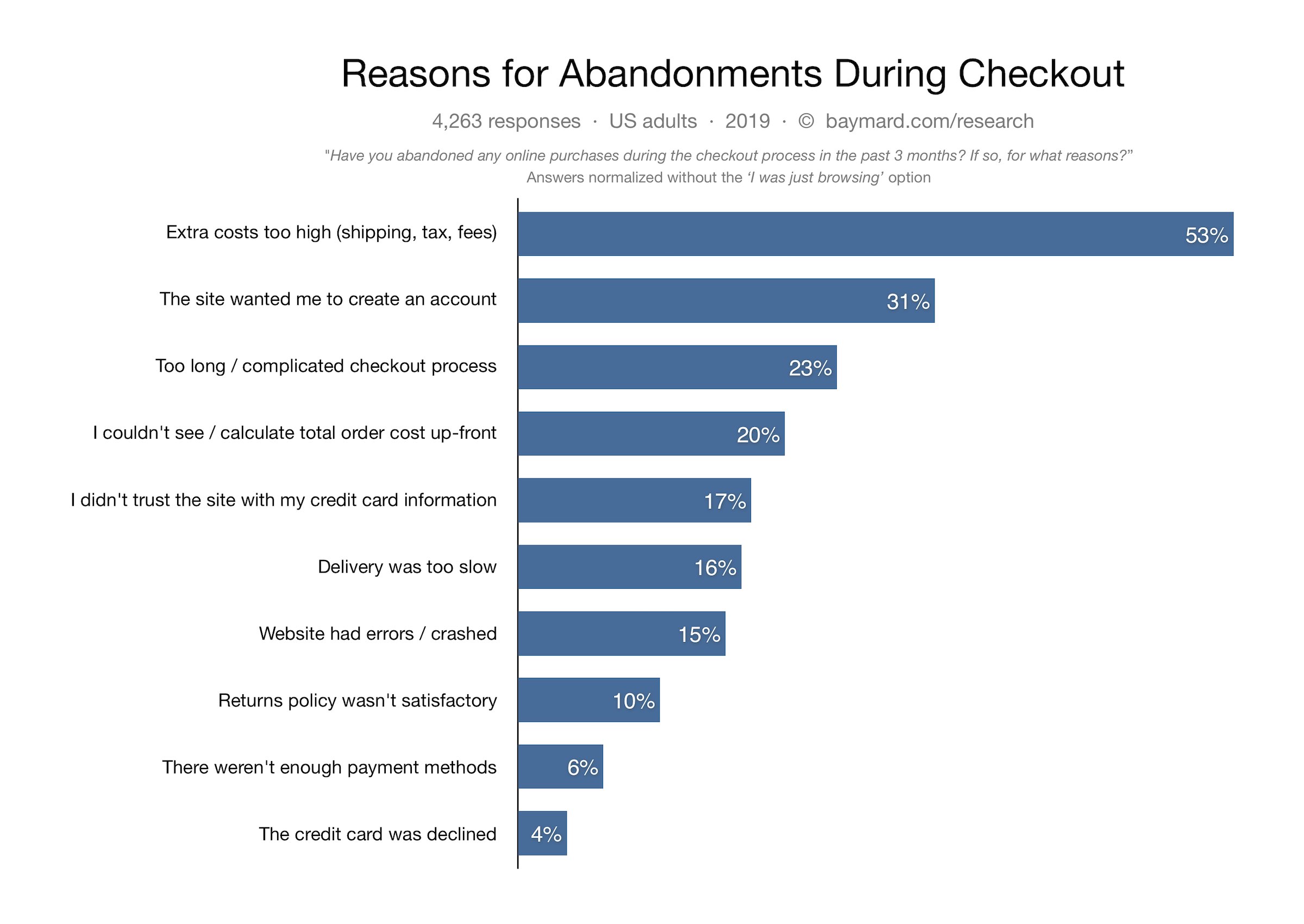
The top responses are:
- The extra costs are too high
- The site wanted me to create an account
- The checkout process is too long or complicated
- I couldn’t calculate total order cost upfront
- I didn’t trust the site with my credit card information
- Delivery was too slow
- Website crashed
- The returns policy wasn’t satisfactory
- There weren’t enough payment methods
These are all things that you can do something about. These are problems you can solve. Solve these and you decrease shopping cart abandonment problems
So if you want to get serious with your eCommerce conversion rate efforts, then study the top reasons for abandonment. Get your conversion team together and see how you can enhance your customer’s shopping experience to improve your conversion rate.
The challenge here is to make the checkout process as seamless as possible,
- Make it easy for them to get from clicking the Add to Cart button to the Pay Now button.
- Offer different payment systems
- Allow guest checkout
- Have interactive forms that tell users why their payment has been denied
Also, find a way to communicate important information they need to know before they add an item to the cart. Basic information such as shipping, extra costs, or payment systems you accept should be clear to buyers before they add an item to the cart.
Are you still with me?
Now that you know
…that your product page is for meeting your buyers’ needs
…that your visitors come to your site full of distrust, and
…that your visitors feel no obligation to buy from your store.
You can start to optimize your page.
And when you do, here’s a good rule of thumb.
Assume you know nothing about your potential customers
Whaaat?
Yes, that’s right. Harvest all the research you need about your customers.
But.
Once you start the eCommerce conversion optimization campaign, shelve it in the corner.
Why?
Because all that research can’t tell you how your visitors will behave when they land on your test pages.
All that research will only help you meet them halfway when you formulate the hypothesis, write the product descriptions and design the layout.
But once they interact with your page, you never know what they will do.
You just have to test it in the field and test the validity of your assumptions.
Then and only then will you know if your visitors do what you thought they would do. Then and only then will you be able to glean insights to the types of changes your particular customers respond to.
TL;DR
“All men can see these tactics whereby I conquer, but what none can see is the strategy out of which victory is evolved.” – Sun Tzu
Quick fixes and best practices can get you so far.
But if you want to become successful at eCommerce conversion optimization, you need to operate beyond tactics.
More importantly, you need to understand the motivations and pains that led your customer to your page. You need to change your mindset about what conversion optimization is.
That it isn’t just about changing web designs and layouts but actually knowing your customers. And understanding what is most important for them when they land on your page.
And then once you know this, build a site that makes their experience while on your site a smooth and easy one. This means optimizing the different pages to match the different levels of buyer awareness.
Finally, set up a site that inspires trust.
And when you put all these together as you optimize your website, you’ll find that your visitors will engage with you more. The more they engage with you, the more they think of you next time they need something you sell. And that is how you increase eCommerce conversion rates and thrive as an online business.
Ready to boost your conversions? Contact our expert eCommerce CRO agency today to take your online business to the next level!








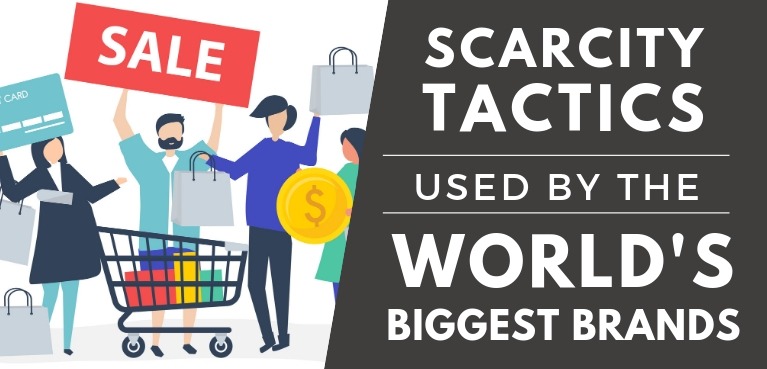



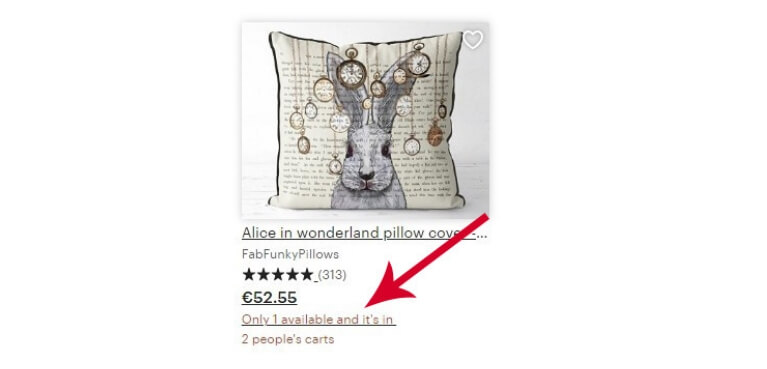


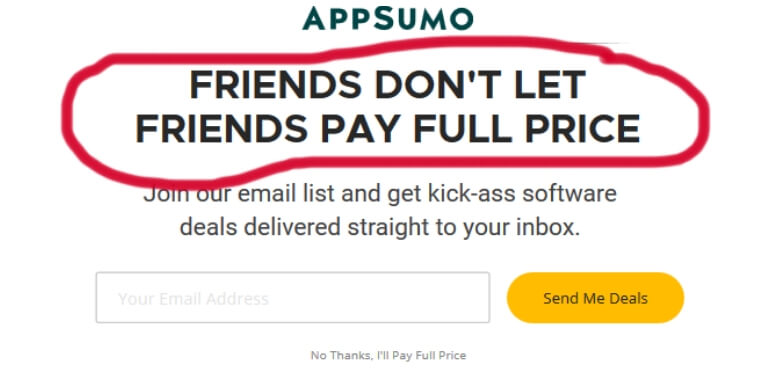
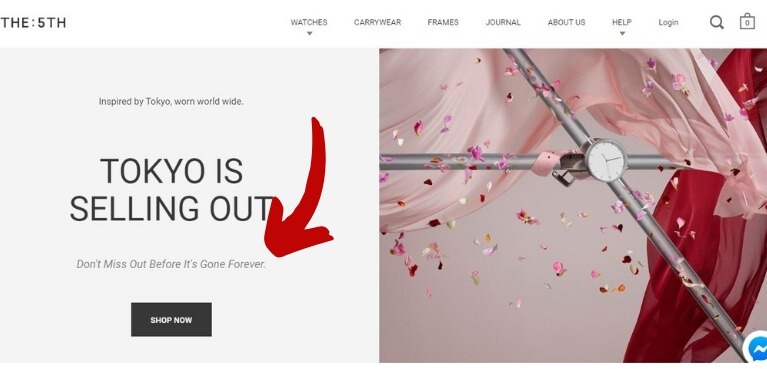



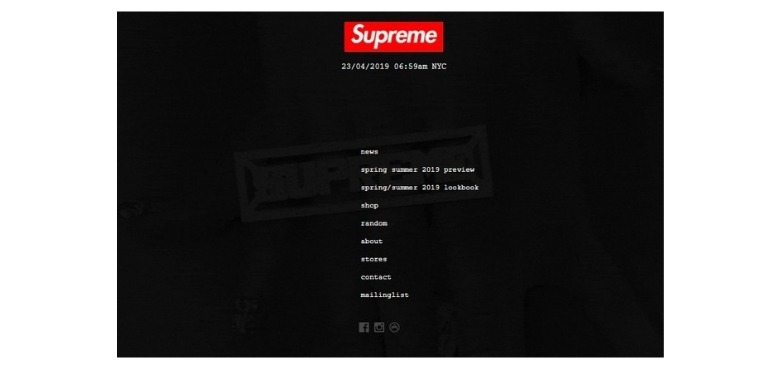



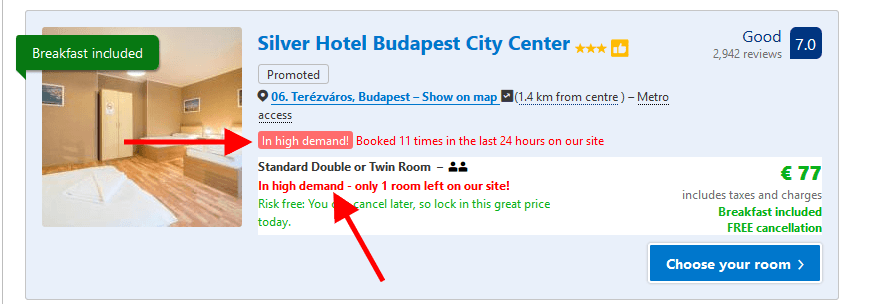


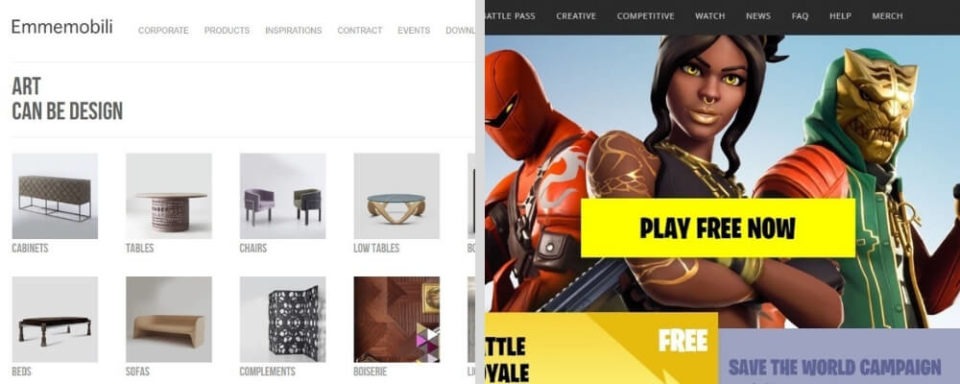

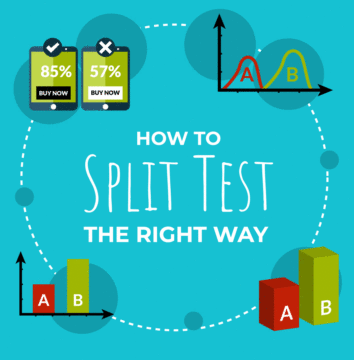



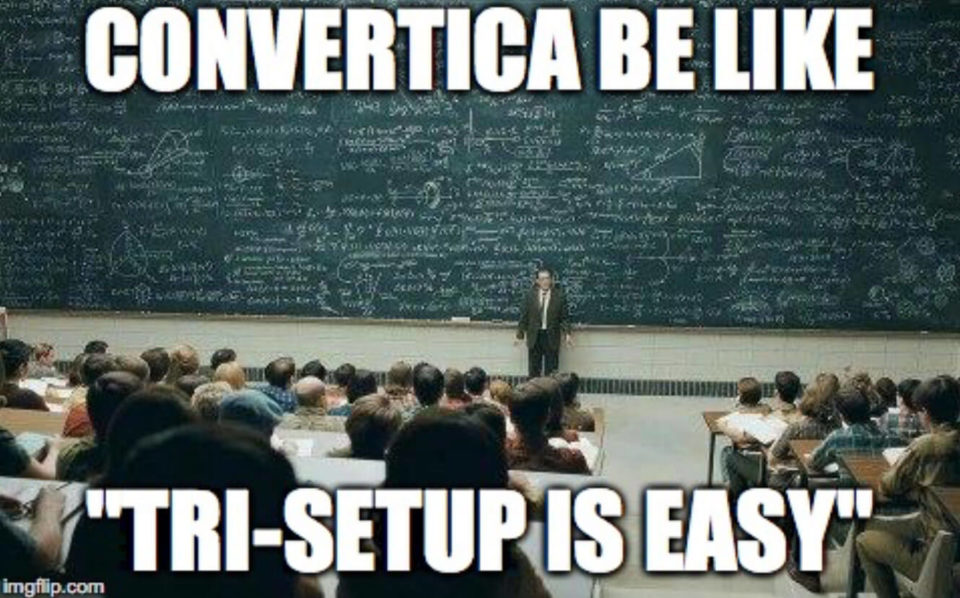




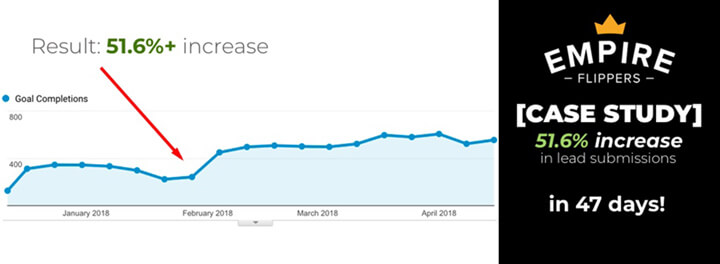
 The Challenge: The tool was already a major success by any measure: $47 million dollars worth of businesses sold and over 45,000 evaluation isn’t too shabby if you ask me.
The Challenge: The tool was already a major success by any measure: $47 million dollars worth of businesses sold and over 45,000 evaluation isn’t too shabby if you ask me. One strategy that had worked for nearly all of our lead-gen clients in the past was “gamifying” their lead capture tools. By making the process more like the rest of the apps a user is glued to all day (more engaging, easier to use, simpler), we knew we could increase conversions. Our goal was to get the user to think as little as possible.
One strategy that had worked for nearly all of our lead-gen clients in the past was “gamifying” their lead capture tools. By making the process more like the rest of the apps a user is glued to all day (more engaging, easier to use, simpler), we knew we could increase conversions. Our goal was to get the user to think as little as possible.
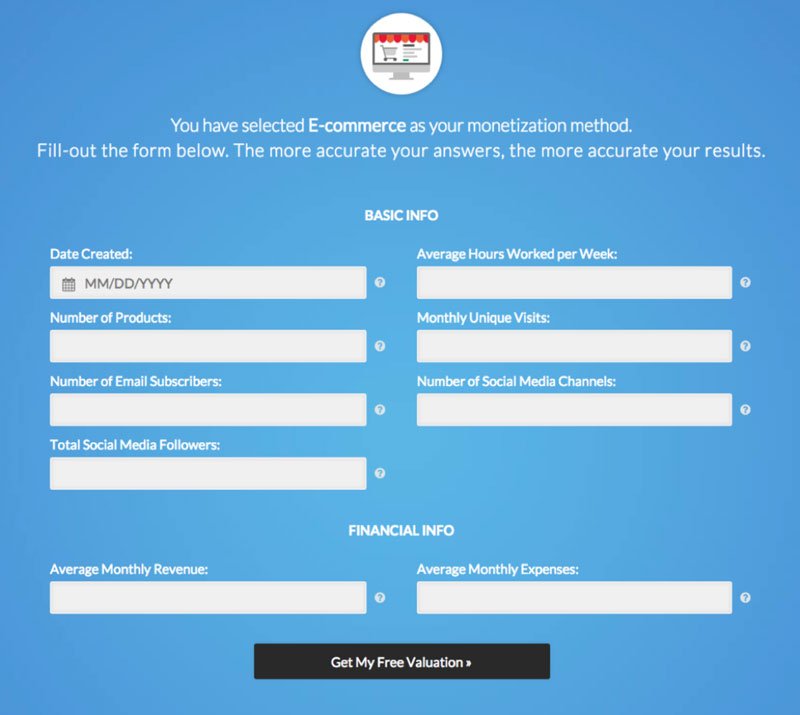 This type of static form is not intuitive. Now the user actually has to enter data (and exit their subconscious stream).
This type of static form is not intuitive. Now the user actually has to enter data (and exit their subconscious stream).
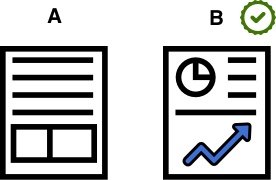
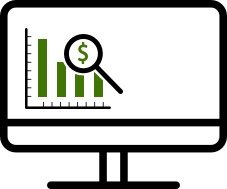
 After running a split URL test, we gleaned an important piece of data: the desktop version of our variation outperformed the mobile version by a good margin (36% conversions vs 26%).
After running a split URL test, we gleaned an important piece of data: the desktop version of our variation outperformed the mobile version by a good margin (36% conversions vs 26%).
 The mobile thumb problem: Most people use apps with just one hand. The layout of the new variation was such that reaching the important areas with just one thumb was difficult to say the least.
The mobile thumb problem: Most people use apps with just one hand. The layout of the new variation was such that reaching the important areas with just one thumb was difficult to say the least.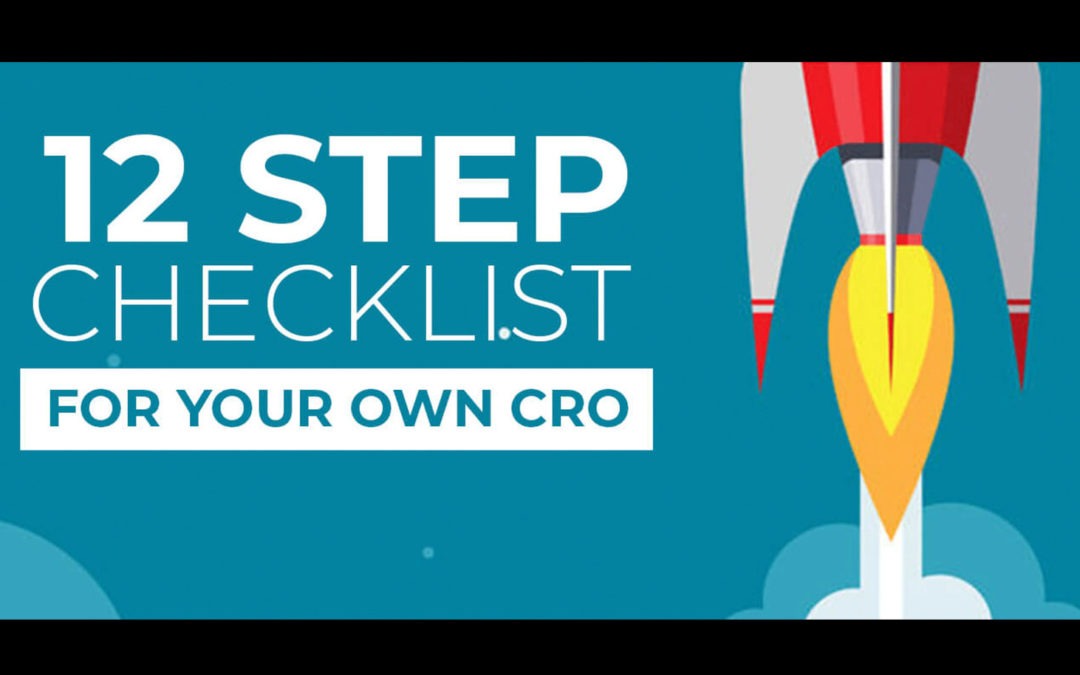
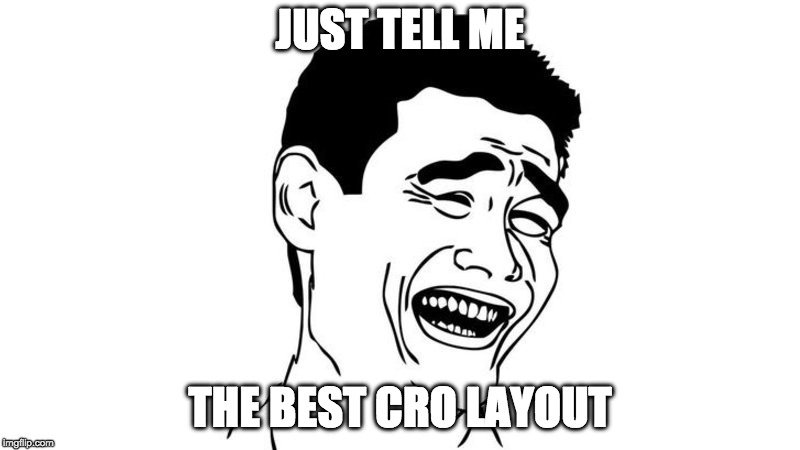




 Sometimes a pop-up can be a good thing. Sometimes it puts customers off and decreases conversions. The only way to know is to test (are you noticing a pattern here?). If you aren’t getting conversions, stop throwing offers at your customer’s face and see if that leads to an uptick.
Sometimes a pop-up can be a good thing. Sometimes it puts customers off and decreases conversions. The only way to know is to test (are you noticing a pattern here?). If you aren’t getting conversions, stop throwing offers at your customer’s face and see if that leads to an uptick.


 There is no magic bullet to CRO (I’m thankful for that). What works on one page might not work on another. It depends on the nature of the product and the type of consumer. We’ve seen certain layouts bomb on certain pages and perform like champs on others. Run tests on
There is no magic bullet to CRO (I’m thankful for that). What works on one page might not work on another. It depends on the nature of the product and the type of consumer. We’ve seen certain layouts bomb on certain pages and perform like champs on others. Run tests on 

![[AFFILIATE CASE STUDY] Part II: Increasing Monthly Income by $32,532 in under a 90 days.](https://convertica.org/wp-content/uploads/2017/11/2-1080x675.jpg)

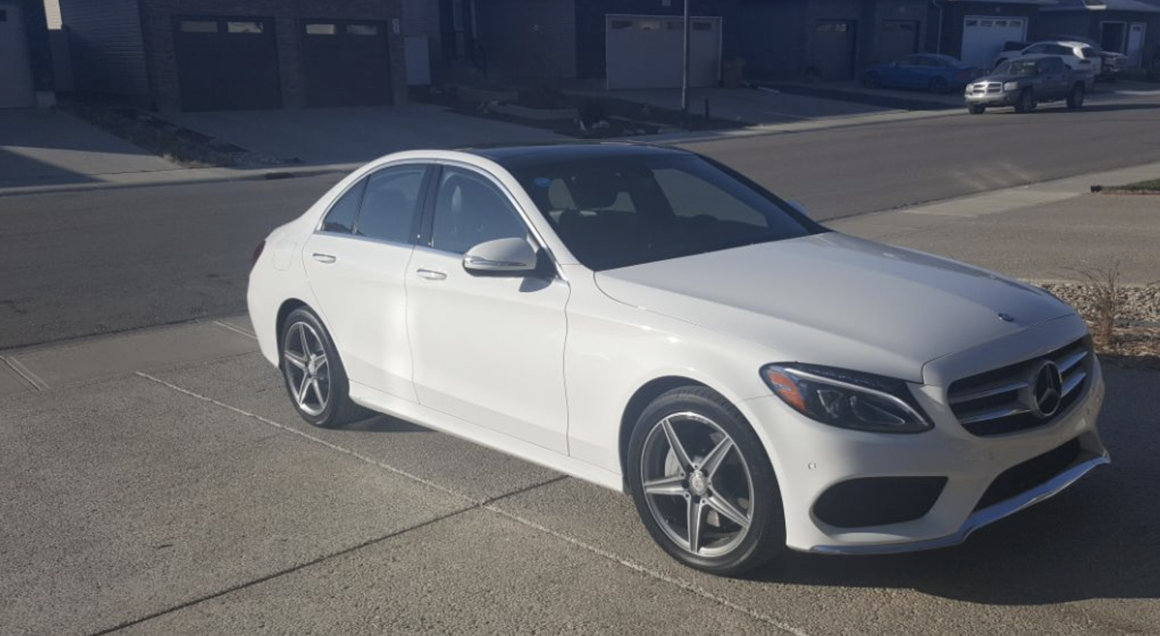

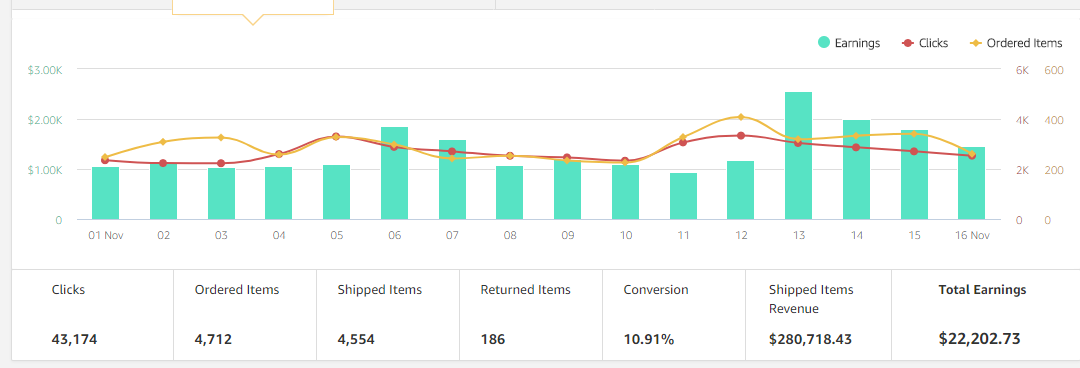


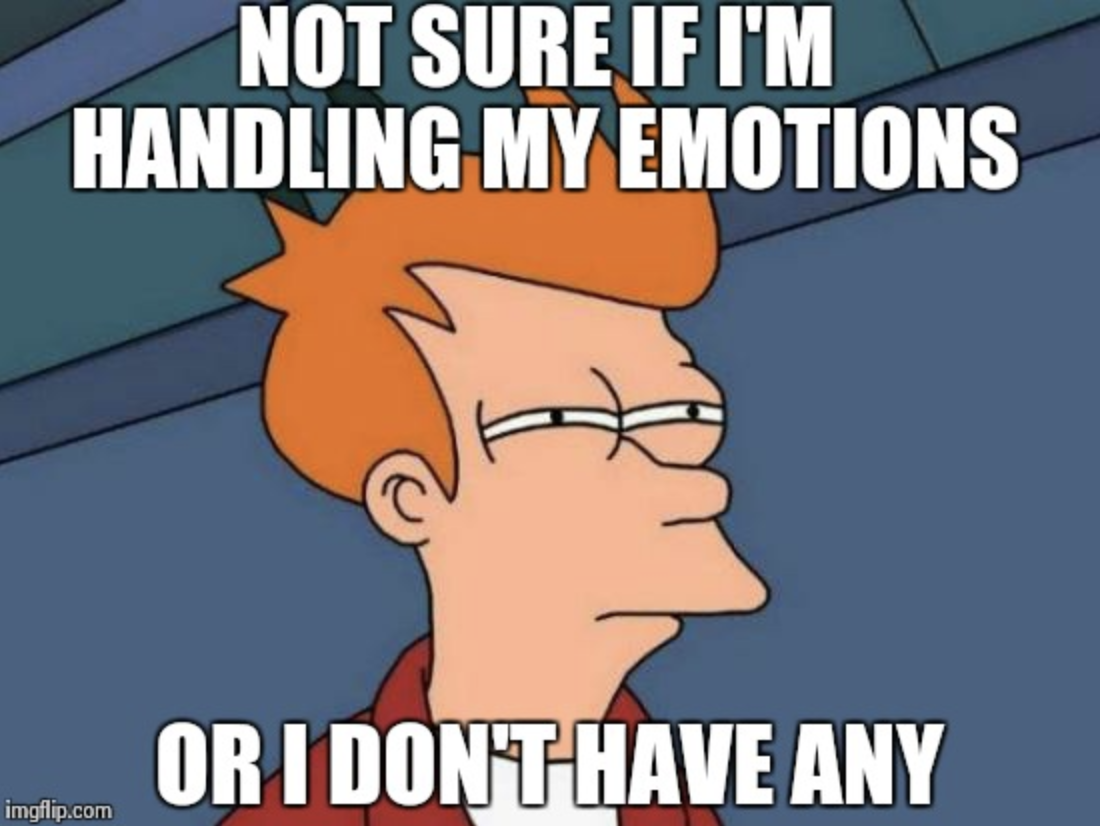
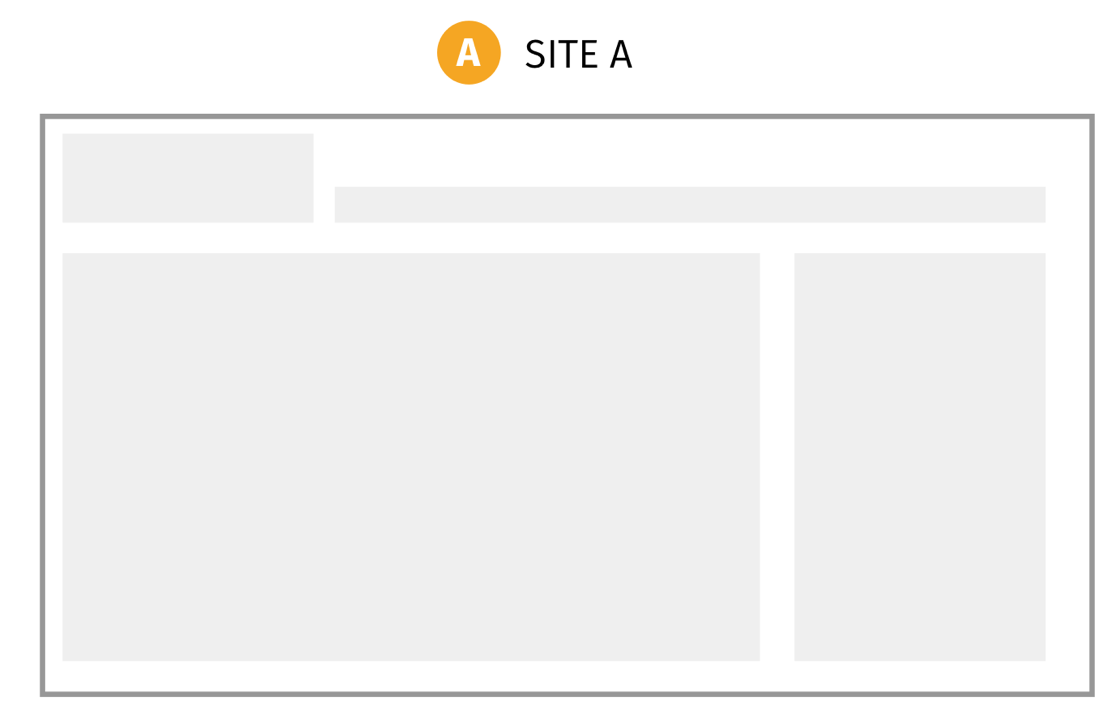
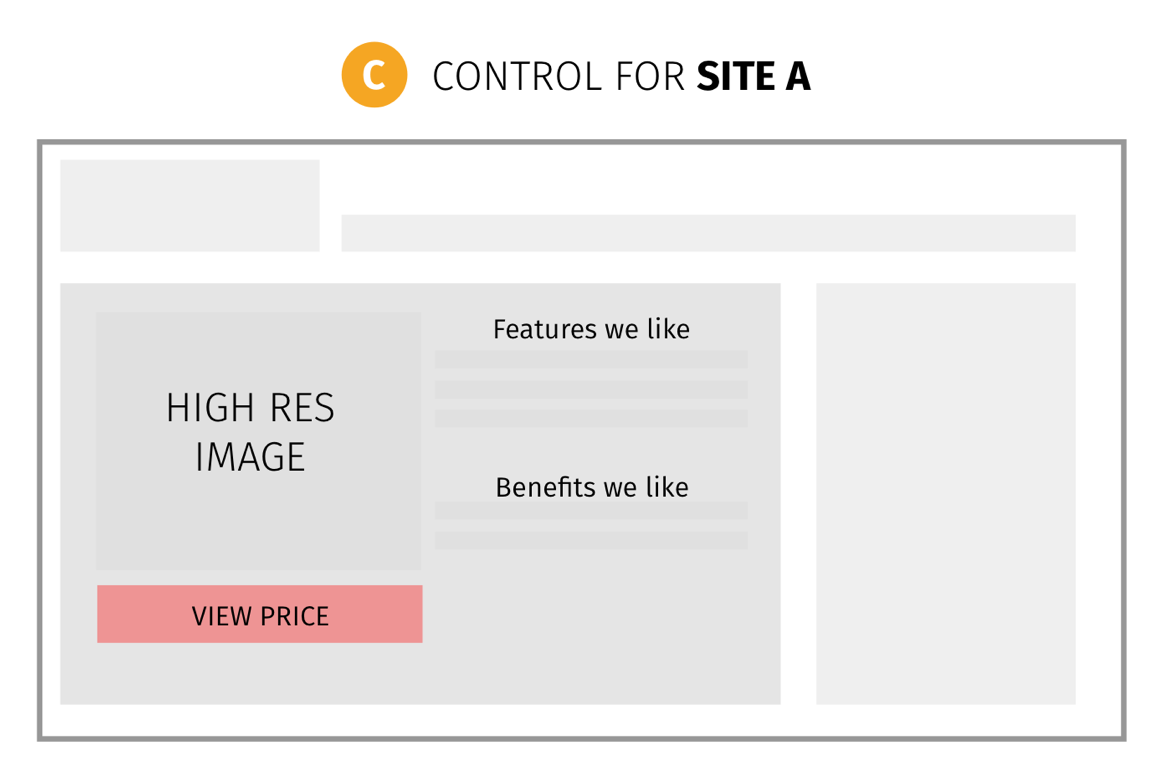
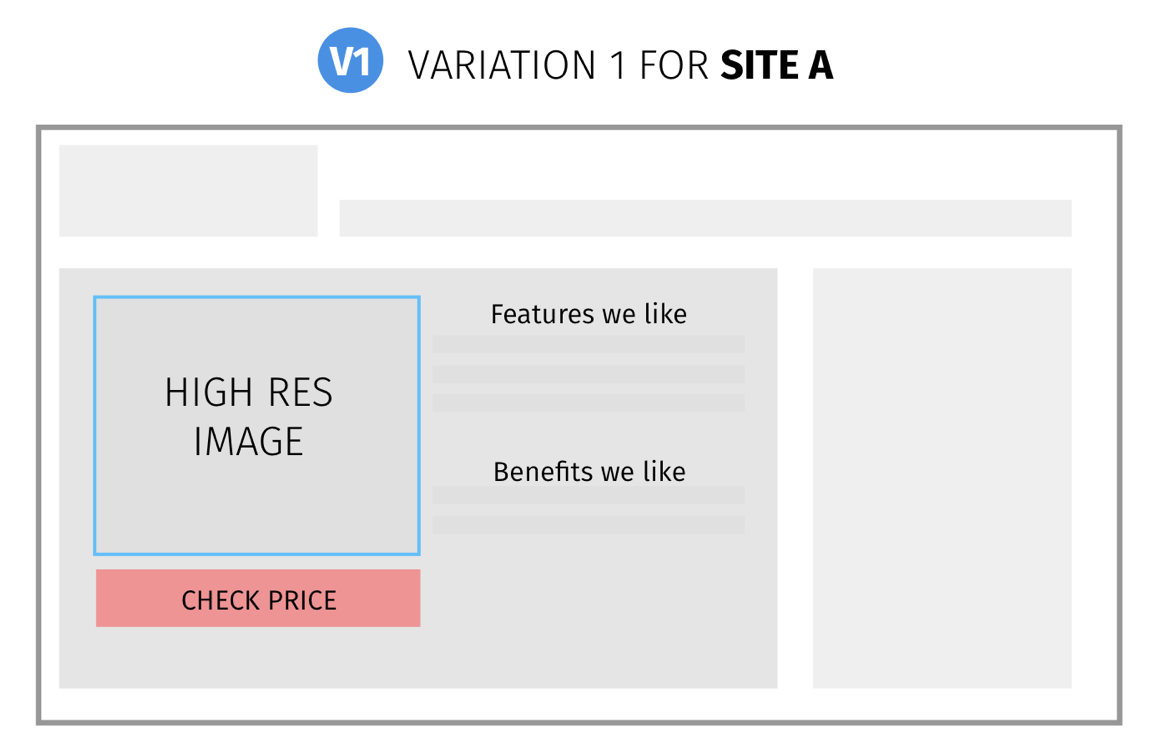
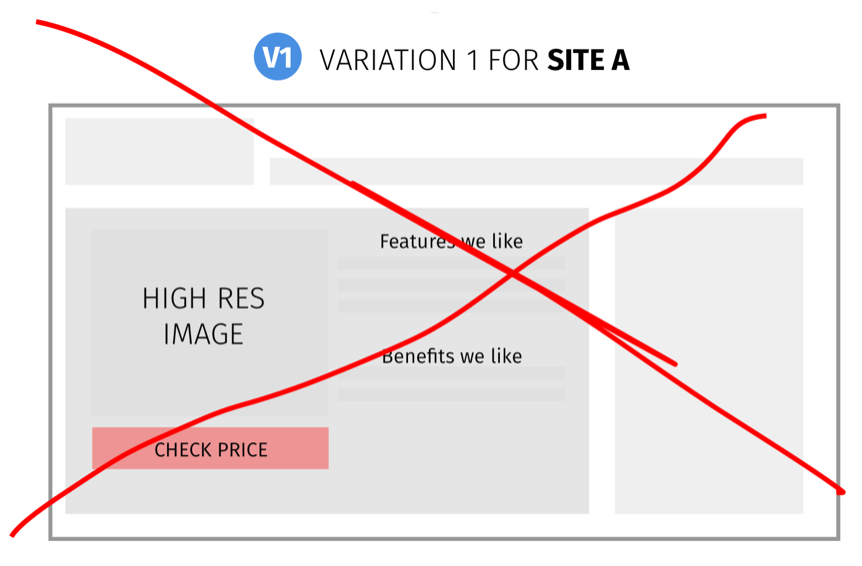
![[AFFILIATE CASE STUDY] – How we Generated an Extra $15,048 in Monthly Revenue in 34 Days](https://convertica.org/wp-content/uploads/2017/09/1-1080x675.jpg)

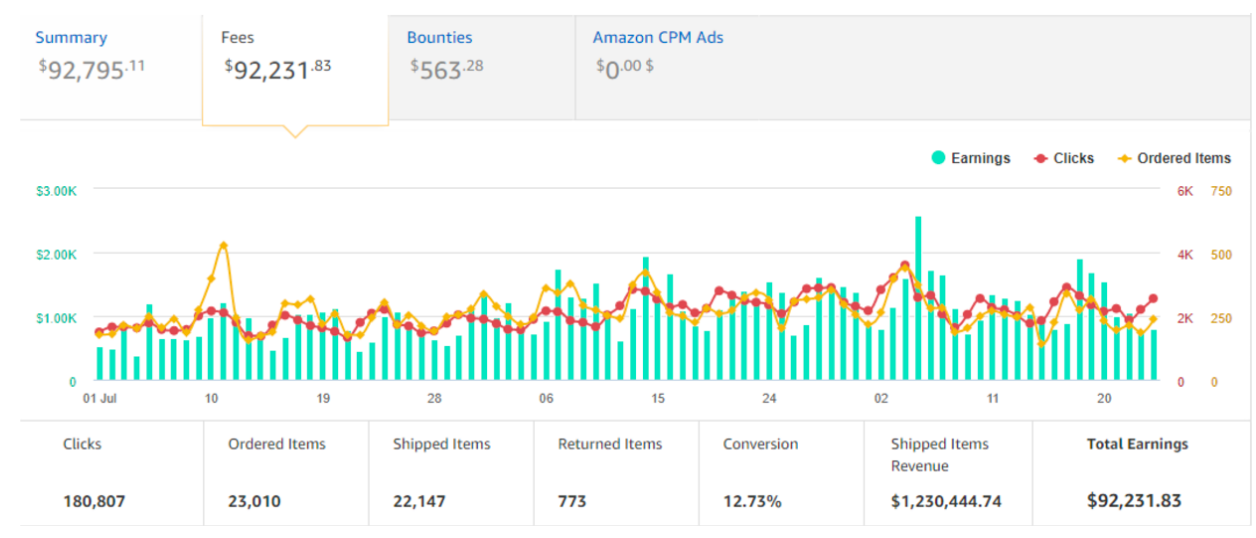
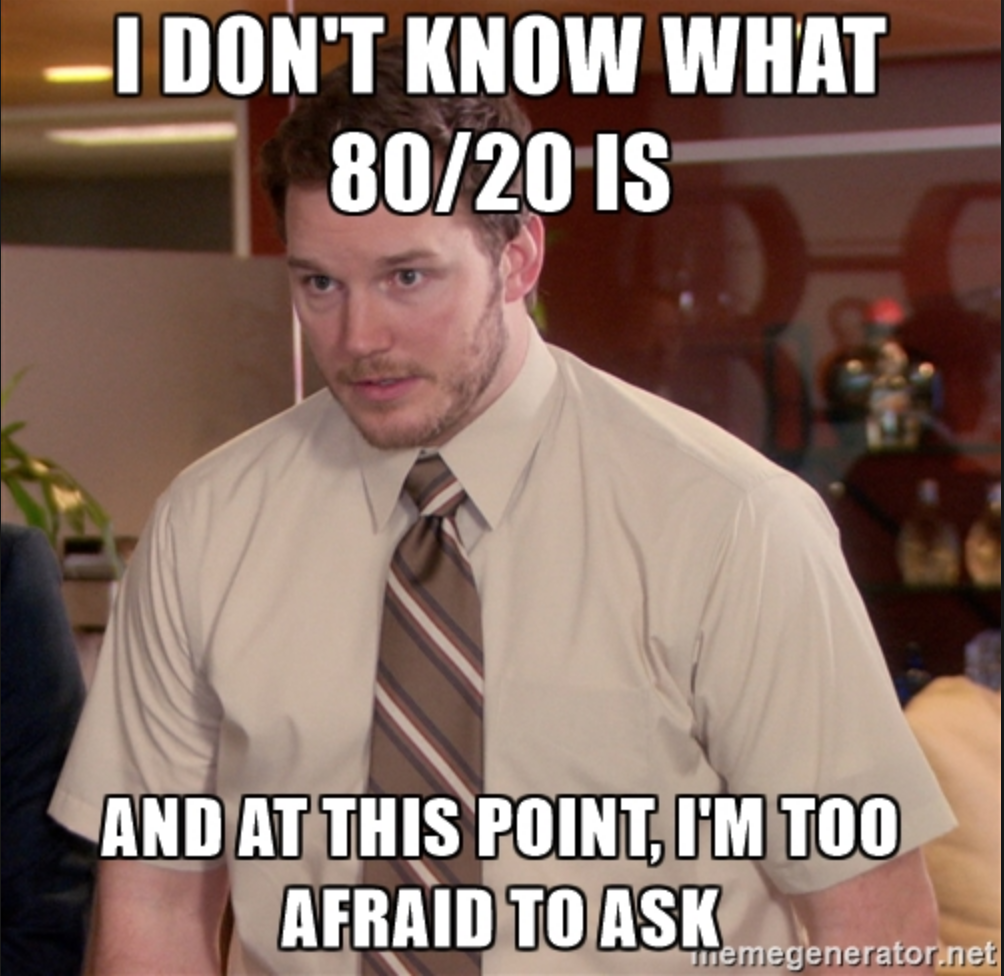




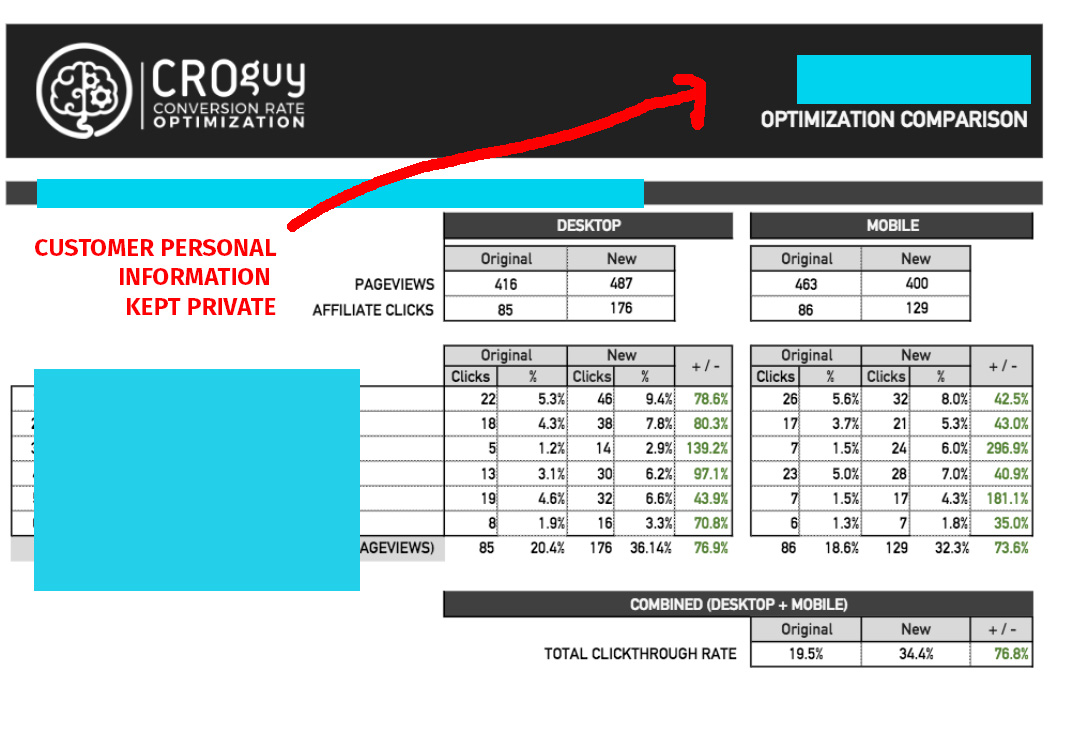


 To get started, please enter your details below
To get started, please enter your details below